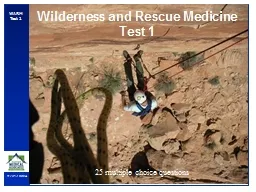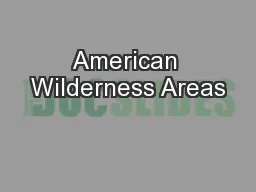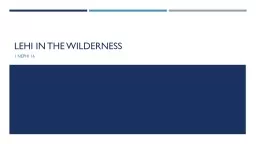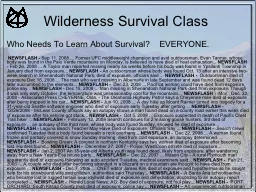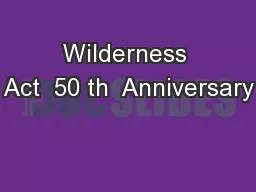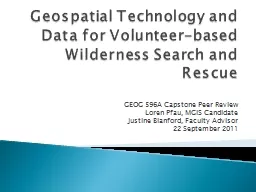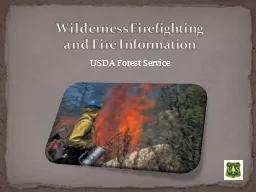PPT-Wilderness and Rescue Medicine
Author : pasty-toler | Published Date : 2018-10-31
Test 1 25 multiple choice questions 1 It is best to avoid low risk evacuations for high risk problems allowing the weather to influence your evacuation decisions
Presentation Embed Code
Download Presentation
Download Presentation The PPT/PDF document "Wilderness and Rescue Medicine" is the property of its rightful owner. Permission is granted to download and print the materials on this website for personal, non-commercial use only, and to display it on your personal computer provided you do not modify the materials and that you retain all copyright notices contained in the materials. By downloading content from our website, you accept the terms of this agreement.
Wilderness and Rescue Medicine: Transcript
Download Rules Of Document
"Wilderness and Rescue Medicine"The content belongs to its owner. You may download and print it for personal use, without modification, and keep all copyright notices. By downloading, you agree to these terms.
Related Documents

